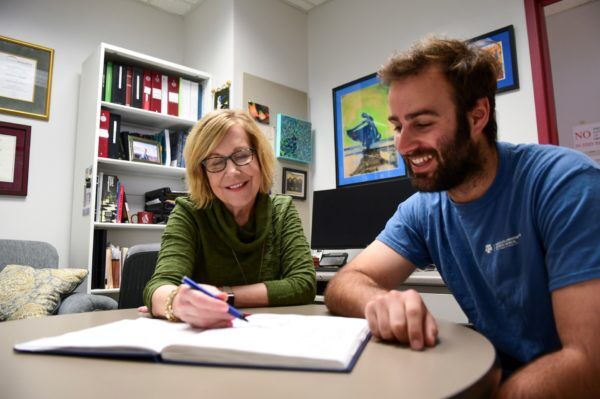The future of space exploration depends on plants.
Rockets and other exploratory technology can take astronauts to the moon and beyond, but plants will sustain their trips over longer periods. As NASA explores the potential for longer space flights, continued stays on the International Space Station or even the future colonization of the moon or planets like Mars, their scientists know that plants are needed for survival.
From food and water purification to carbon dioxide removal and oxygen production, plants are the foundation of humanity’s life on Earth and beyond.
However, exposure to extreme environmental factors related to space travel, including microgravity and space radiation, impacts biological systems like plants.
Researchers in the Department of Biochemistry and Biophysics at the Texas A&M College of Agriculture and Life Sciences are striving to understand the largely unknown effects of these extreme conditions in space.
But little is known about how plants react to space radiation, Borja Barbero Barcenilla, a postdoctoral fellow in the Shippen Lab, said. He expects Arabidopsis plants involved in the project will be aboard a flight to the International Space Station sometime in 2024.Barcenilla said the study is an important step forward for space travel but could also help scientists better understand how plants react and adapt to stressors here on Earth.
Intentionally exposing plants to radiation has led to beneficial mutations for plant breeding purposes, with the goal of generating plant varieties better suited to contend with a variety of stressors, he said.


